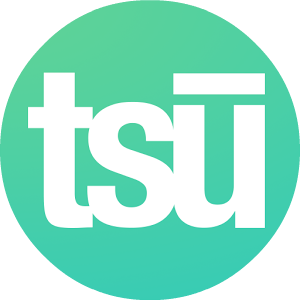There are several reasons why you might want to develop a multilingual website. Perhaps you are trying to reach a more expansive audience, cater to a specific group or just suit the needs of a multilingual population. A South American site for example may want to work in both Portuguese and Spanish in order to attract large audiences from Brazil and Argentina while a Canadian website might want both English and French versions to suit its domestic population. However the repercussions of developing a multilingual site often extend beyond the translation itself.
One of the most vital aspects to consider when developing a multilingual site is how accessible it will be to Google. If Google is to crawl and index your pages and boost your Pagerank then there are several lingual feux-pas that you’ll want to avoid.
One aspect you should certainly avoid is side-by-side translations. Firstly this can clutter the page and make it very uninviting. Secondly, how do you determine the language that headers, sidebars and menus will be written in? Not only would this make your site confusing but could also confuse the consistency of Google’s crawling of your site.
By developing multilingual pages in parallel to each other as opposed to in one, you can ensure the integrity and structure of each page is maintained. However you might want to also ensure that URL’s are generated properly and in a well formatted manner. Users might want to use the URL as their bearings on the site so ensure that you have these well organised. In a French/English site for example you might want to arrange your sites folders and hence URLs in a way that makes it easier to discern where you are on the site.
http://mysite.com/en/index.html
http://mysite.com/fr/index.html
In doing so, you also make it easier to analyse the indexing of both French and English content.
Also, as is often the case in French you may want to create URLs with non-English characters such as é for example. Fortunately this is an issue which is easily sorted by using UTF-8 encoding. Through using this, URLs with non-English characters can be properly escaped.
If you do choose to use automated translations, there are a few aspects to consider beforehand, like the indexing of this automated content. Google would recommend that you do not allow automated translations to be indexed as they can sometimes be poorly translated and can even sometimes be viewed as spam. Also if your headers and description are poorly translated then someone finding a search result for your page may be put off by the poor grammar or wording. Resultantly in an effort to attract a bigger audience, you may be putting many off.
Another important and very easy thing you can do to make your site more accessible is to cross-link different language pages with the same content. This way, if a French visitor lands on your English page they can get to the French version with one click. Finally avoid automatic redirections based on the perceived language of the visitor as while this might seem like a useful addition to your sites functionality it could actually become and inconvenience to some users as well as making your site less crawlable.
For more information see the Google Webmaster blog for tip's and information on effectively running your site.
- Why Invest In Content Marketing? - March 12, 2013
- Why Creative Copywriting Can Make or Break Your Brand - March 12, 2013
- What is Your Sites Link Profile Saying about You? - February 19, 2013
- Can a Small On-line Business Really Compete with the Big Boys? - February 19, 2013
- Ramsay’s Web Wire – Issue #40: Sleet, Snow and SEO - December 3, 2010
- Ramsay’s Web Wire – Issue #39: Out of the Google Frying Pan… - November 26, 2010
- Ramsay’s Web Wire – Issue #38: The Google, the Bad and the Ugly - November 19, 2010
- Ramsay’s Web Wire – Issue #37: Google Jams A Few Rockets In Your Pocket - November 5, 2010
- Ramsay’s Web Wire – Issue #36: Google Gets All Up in Your Business - October 29, 2010
- Ramsay’s Web Wire – Issue #35: Google’s Groovy Giftset - October 22, 2010
You may also be interested in:
- Massively Increase Your Audience Instantly with Cozy Digital’s New Translation Service Cozy Digital are now providing advanced website translation services using only translators with mother-tongue understanding of the language and good...
- The XML Sitemap – Like A Tour Guide For Your Website Our indispensible guide to XML Sitemaps and how to create them! ...
- New Redesigned Webmaster Tools for Microsoft Bing Microsoft Completely Overhauls its Bing Webmaster Tools but sadly keeps our socks on... ...
- Improving Website Structure and Optimising URLs With URLs and website structure, consistancy is the key. Find out how to ensure that your navigation is tailored to...
- Cross Site Canonical Linking Now Supported by Google Yesterday afternoon Google announced, via their Webmaster Central Blog, that they are now supporting the use of canonical link elements...





